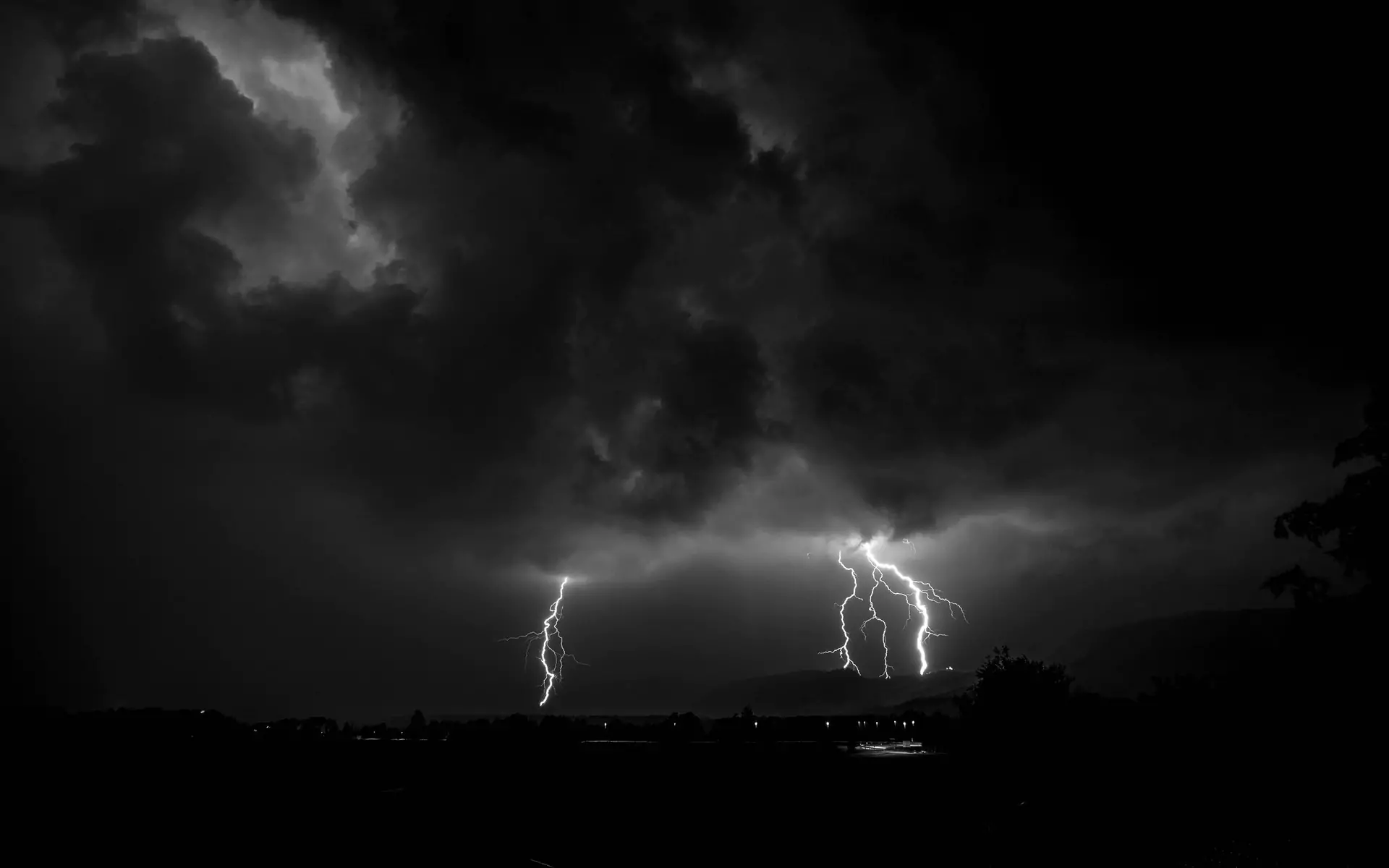Clouds are produced when condensation occurs above ground level. If the surrounding air temperature is above freezing, water vapor condenses into droplets of water. If the air temperature is below freezing, water vapor may change directly (sublimate) into ice crystals. In some cases, water vapor can remain as a liquid in a supercooled state below freezing.
Because temperature normally decreases with altitude, high level clouds tend to be ice crystal clouds, low level clouds tend to be water droplet clouds, & middle level clouds are often a combination. Clouds are made up of hundreds of millions of droplet and/or ice crystals. The type of cloud that forms depends on a variety of factors.
An air mass can hold less and less water as it rises and cools. At some altitude, the air mass will eventually reach its dewpoint and condensation will begin. The more moisture there is in an air mass to begin with, the lower the altitude at which the dewpoint will be reached.
There are three processes that cause air masses to rise. The first of these is convection. When surfaces are heated by the sun, the air above these surfaces is also heated and begins to rise. Some surfaces like soil, sand and pavement are more efficient and heat up faster. Wherever these warm parcels of air begin to rise, they eventually reach their dewpoint and form clouds.
Air also rises when fronts collide. Warm air is forced over the cold air front. If there is enough moisture in the warm air, clouds will form.
Air is also lifted when it encounters geographic features like mountain ranges. This is called orographic lifting. Again, if the lifted air contains enough moisture, clouds will form. Orographic lifting often produces unusual cloud shapes.
An air mass rises as long as it is warmer than surrounding air. If it keeps rising, then the conditions are unstable. Stable conditions occur with equilibrium is reached quickly. Generally, if cold air exists in the upper atmosphere over warm air, conditions are unstable. Stable conditions usually result when warm air is over cold air.
